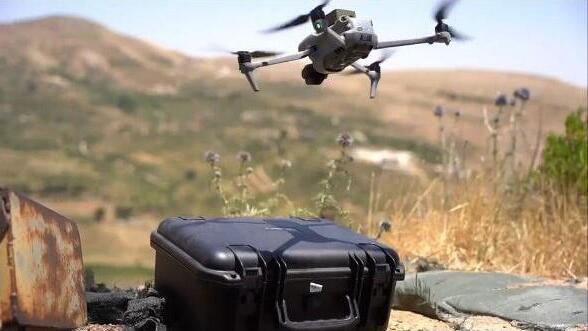Getting your Trinity Audio player ready...
The deadly attack in Majdal Shams has become yet another reminder of how the Golan Heights and the Galilee have been unified into a single war zone for Hezbollah's fight against Israel on the northern border. This was the second time in two weeks that a large, Iranian rocket successfully evaded the IDF's Iron Dome defense systems and killed civilians in the area.
On the ground, the reality is different. Not only are IDF outposts and bases in the Golan attacked by daily rocket barrages and drones, but terrorists, under the cover of the Syrian army, are attempting to get closer to Israeli communities, potentially opening up a front that could engage the IDF and drive more Israelis deeper into the country in the event of a widespread military confrontation.
7 View gallery
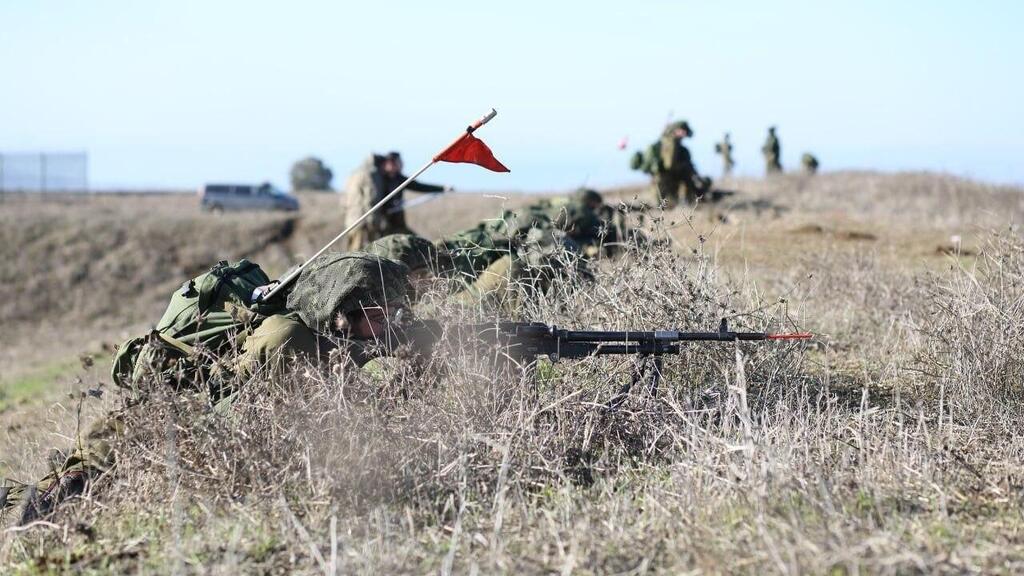

IDF forces on the northern border
(Photo: Yoav Zitun, Efi Sharir, IDF Spokesperson's Unit)
A shifting military approach
Meanwhile, everything is changing: the IDF is re-manning 50- and 60-year-old outposts that have become historical sites along the border; it’s restoring old anti-tank ditches that will slightly delay the entry of enemy militias and Hezbollah terrorists from the east; and, most importantly, it's shifting its approach.
Every structure in the demilitarized zone used for military purposes against Israel is bombed, every suspect approaching the border is either arrested or neutralized, and every centimeter in the "Alpha Line" beyond the border fence but within Israeli territory is seeing daily IDF presence.
Every soldier and officer here in the 210th Division, which oversees the 80 kilometers between Hamat Gader and Majdal Shams, is preparing for one mission: to prevent another October 7 in the Golan Heights.
7 View gallery
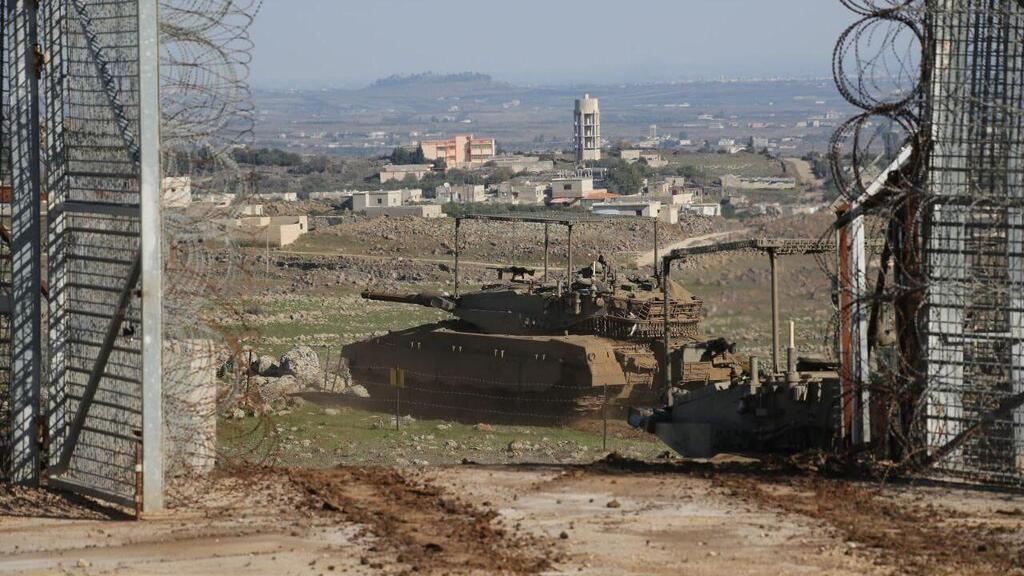

IDF tank stationed past the border fence
(Photo: Yoav Zitun, Efi Sharir, IDF Spokesperson's Unit)
According to IDF assessments, there are tens of thousands of "unemployed" pro-Iranian militia operatives across Syria and Iraq who still receive salaries, training, and weaponry from Tehran standing within a minimum range of about 40 kilometers away from the Golan.
But, since the end of the civil war in the region in 2019, they have mostly been on standby, waiting for orders, like experienced mercenaries. The IDF assures that they’re far enough from the border with Israel, with Russian police forces and the Syrian army in between them, and, most importantly, with Israel's capability to monitor and track should they start rushing westward toward the Golan Heights.
Such a scenario could come as a surprise, initiated by Iran, or in a regional war, the early signs of which have already been felt in Israel in recent months.
7 View gallery
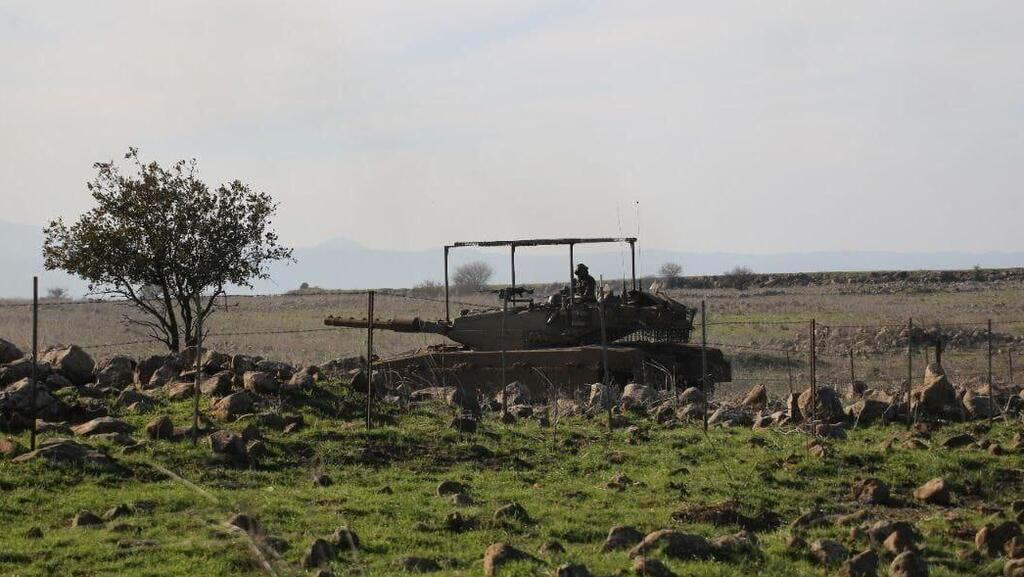

IDF forces in the Golan Heights
(Photo: Yoav Zitun, Efi Sharir, IDF Spokesperson's Unit)
Meanwhile, those militias are content with launching drones and occasionally rockets toward Israel, though still in small numbers. The Syria border fortification began with the start of the civil war about a decade ago, with the construction of a new, tall fence, the same type that was easily breached on October 7. As a result, combat engineering soldiers are working around the clock in the area.
"We have a plan to prevent masses of terrorists from reaching here by exploiting the Golan’s terrain, which is mostly flat and under constant surveillance," one of the officers here tells me. "Ultimately, it's about ground analysis. There are essential passages and natural obstacles here like the rugged wadis in the southern Golan, which any enemy must take into account — and so do we."
The present buffer zone, based on the 1974 cease-fire agreement, stretches between several dozen meters to about a kilometer on average, from the border fence to the demilitarized zone marked by a line of barrels on poles. Beyond this "Alpha Line," there's the "Bravo Line," another narrow strip where no heavy military force is allowed to stay.
7 View gallery
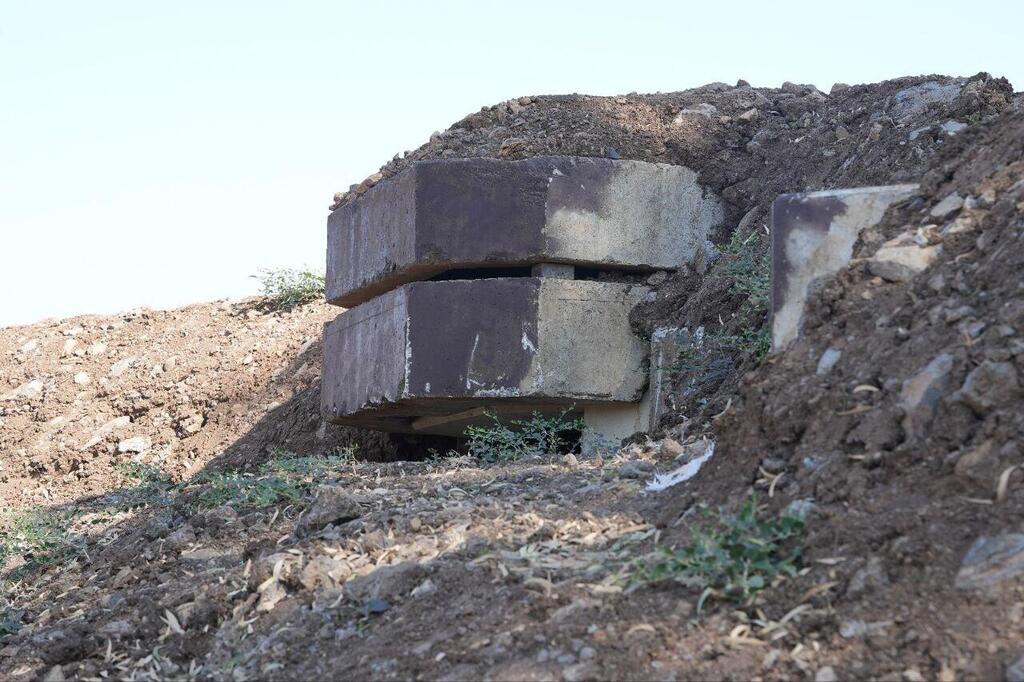

Abandoned military outpost from 1970 on the northern border
(Photo: Yoav Zitun, Efi Sharir, IDF Spokesperson's Unit)
During the civil war, Israel turned a blind eye to the arrival of Syrian armored forces in the area near the border, including into adjacent villages, to allow the Syrian army to fight the rebels, including Jabhat al-Nusra, the ISIS proxy facing Israel.
Now, some movement of armored vehicles from the Syrian army near the border can be seen, but not in a way that violates the cease-fire agreement and not within direct sight or binocular range, though it does indicate some tension in the area. The IDF is confident that this long and wide perimeter will prove sufficient against an invasion without prior intelligence warning.
Present and constant operations
Alongside the IDF's activities and the new artillery batteries deployed in the area over the past six months, the 210th Division stresses that forces are sent beyond the border fence daily in a visible manner to assert Israeli sovereignty in the area.
7 View gallery
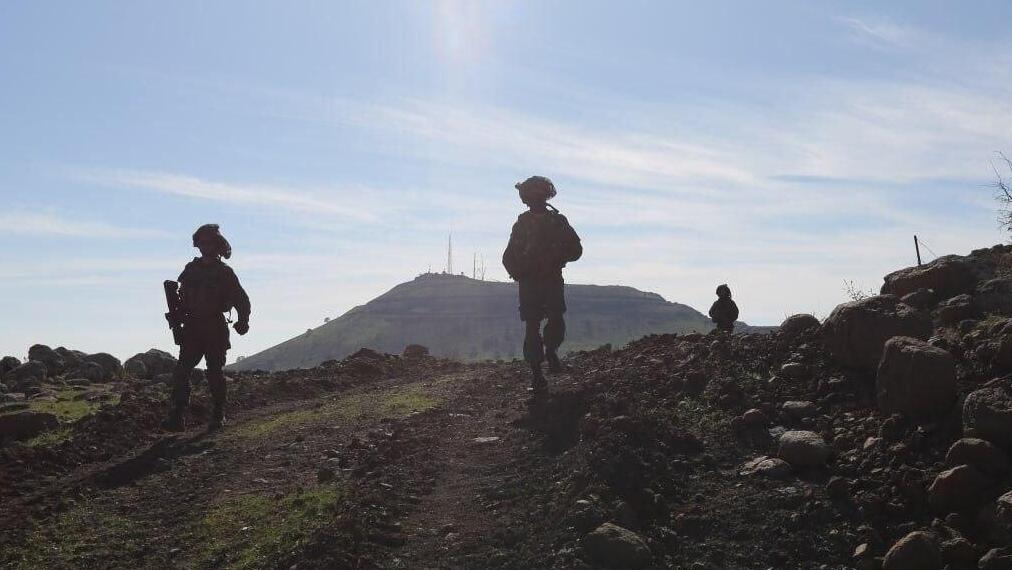

IDF troops on the northern border
(Photo: Yoav Zitun, Efi Sharir, IDF Spokesperson's Unit)
However, the division is fundamentally defensive, especially after the trauma of October 7 and the desire to keep the Israeli population inside of their homes. The IDF is building defense lines to prevent an enemy invasion: the forward line described above, with the re-manning of old outposts mainly by reserve battalions; and a second defensive line based inside the communities, with highly skilled and heavily armed local alert squads alongside smaller outposts.
"We're already practicing the new defensive approach, transitioning from routine to emergency, alongside the communities and based on the existing forces even before reinforcements arrive," the IDF explains. "We haven't conducted an evacuation drill for the communities in the Golan yet, but it's being discussed."
7 View gallery
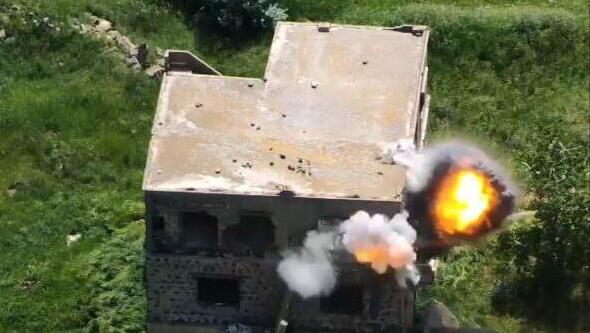

Strike on structure used by Hezbollah terrorists
(Photo: Yoav Zitun, Efi Sharir, IDF Spokesperson's Unit)
Recently, IDF lookouts identified weapons and surveillance equipment being delivered inside a building in the village of Ahmadiyya, and not for the first time. According to the IDF, this is part of Hezbollah's preparations in the Syrian part of the Golan, infrastructures that were first constructed here about a decade ago with the aim of expanding operations from Lebanon to the Golan in the event of war with Israel.
However, these have been attacked from time to time and have not yet succeeded in carrying out an infiltration or effective shooting at Israel from the Syrian side.
The IDF has also bolstered intelligence-gathering efforts in the area and recently equipped forces with more lethal explosives. In November, under the cover of the war in the south and the fighting in the Galilee, a new divisional drone unit was established for a variety of missions: from documenting and detecting the enemy to eliminating terrorists.




